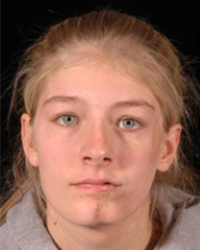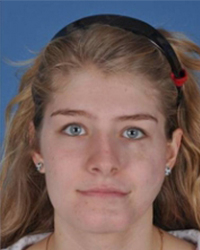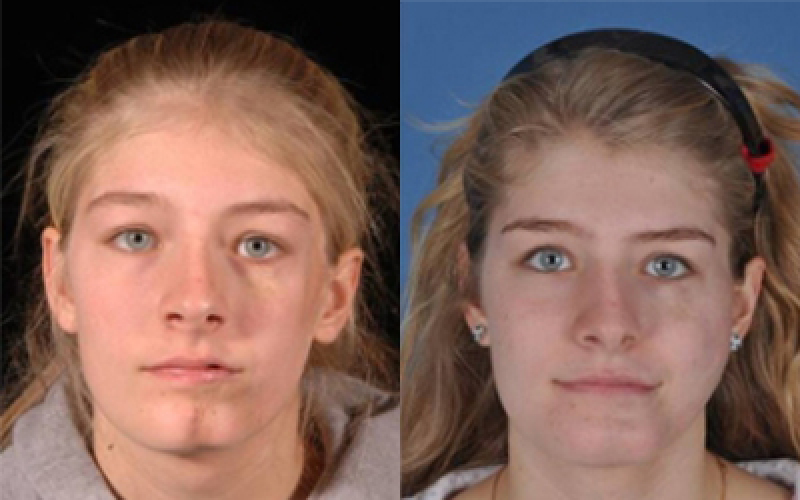Parry-Romberg Syndrome Treatment in Dallas, TX
Parry-Romberg syndrome is difficult to predict and can also be complicated to treat. Individuals with this condition can find hope and comfort in the care of the top-notch physicians of the International Craniofacial Institute.
What Is Parry-Romberg Syndrome?
Parry-Romberg syndrome is the atrophy of half the face. The syndrome first starts in early adolescence and progresses throughout the first 10 years of the individual’s life. Pigmentation changes are often the first sign of this syndrome. Over time, the skin will atrophy around the mouth and eye. The result is a distinct asymmetry of the face.
How Do People Inherit Parry-Romberg Syndrome?
Some familial links have been noted for Parry-Romberg syndrome, but every case seems to be sporadic, for the most part, so there is no solid information on how this syndrome is passed down or inherited.
How Common Is Parry-Romberg Syndrome?
Parry-Romberg syndrome is extremely rare.
Parry-Romberg Syndrome Characteristics
There are several specific characteristics that can be identified in Parry-Romberg syndrome. Some cases of Parry-Romberg syndrome are quite advanced and severe, and in these cases, the characteristics will be especially noticeable. For example, the face difference from the left side to the right side will be very distinct. The side that is affected by the Parry-Romberg syndrome will be much smaller than normal, and it will be misshapen. There will be noticeable evidence of lack of support in the facial tissues, and in some cases, the face may project farther from the head.
Other cases of Parry-Romberg syndrome are less advanced and less severe, and, in these cases, the facial differences between the left and right side of the face will be less noticeable. The first changes in the face will usually appear during the first 10 years of the individual’s life. The changes and deterioration will slowly spread. The bone, cartilage, and underlying muscles will slowly atrophy. Sometimes, the skin on the face being affected will also change color and become darker in pigment. The side of the mouth that is affected will also change. Half of the upper lip will atrophy, and half of the tongue may also atrophy as well. After approximately 10 years, the changes usually become stationary and will not deteriorate anymore in the future.
What Is the Cause of Parry-Romberg Syndrome?
No one is sure of the cause of Parry-Romberg syndrome. Some familial links have been recorded, but these are sporadic. Nearly every case of Parry-Romberg syndrome is sporadic.
Parry-Romberg Syndrome Treatment
The area of the face affected by Parry-Romberg syndrome is the soft tissue. At the International Craniofacial Institute, we can offer reconstruction of some of these soft tissues and, sometimes, cutting and moving of the bone may be useful for reconstruction as well. Fat from the body of the patient can be added as well as tissues from elsewhere on the body. This can plump up the area and create a natural fleshing out of the cheek so that the atrophy is much less noticeable.
Why Choose International Craniofacial Institute?
The International Craniofacial Institute in Dallas, Texas is a leading institute for the accurate diagnosis and quality treatment of Parry-Romberg syndrome and other syndromes and conditions. Our institute was founded in 1971 by Dr. Kenneth Salyer, a surgeon. Today, the institute is organized and led by the director, Dr. David G. Genecov. Dr. Genecov operates the International Craniofacial Institute as one of the nation’s most prestigious centers for palate repair, craniofacial repair, and cleft lip repair.
At our institute, we train doctors and surgeons from all over the world. In addition, our doctors have treated more than 17000 patients. These patients come from the United States, as well as other countries.
To alter and correct craniofacial abnormalities and difficulties, a high skill set is demanded, and we have that here. Our doctors, surgeons and the rest of the staff are extremely knowledgeable and always up to date on the newest methods of diagnosis and treatment. Among all of our employees, we have decades of experience working with different syndromes, including Parry-Romberg syndrome.
If you have a child or another family member who is suffering from a genetic syndrome or has a cleft lip, cleft palate, or craniofacial complication, the staff at the International Craniofacial Institute can help. Contact us today to talk with the doctors and staff about your options and how we can help.


